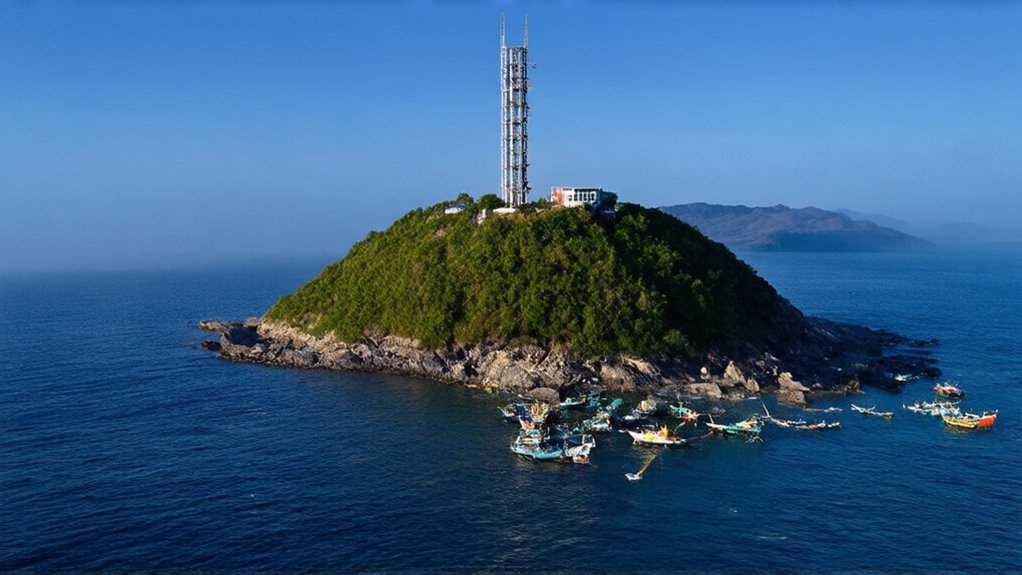While Japan’s bustling cities enjoy cutting-edge connectivity, its remote islands and mountainous regions have often been left in the digital dark ages. Until now. KDDI, one of Japan’s telecom giants, has decided these forgotten corners of the country deserve better. And their solution? Team up with Elon Musk’s space internet.
The digital divide ends where Musk’s satellites begin—KDDI’s bold bet on Japan’s forgotten places.
In December 2022, KDDI made history by launching Japan’s first commercial mobile tower using Starlink as backhaul on Hatsushima, a remote island where laying fiber optic cables would cost a fortune. It worked. Really well, actually. The company quickly announced plans to expand this satellite backhaul to 1,200 remote towers. No more “sorry, no signal” excuses for mountain hikers or island fishermen.
The telco didn’t stop there. April 2025 saw the launch of “au Starlink Direct,” Japan’s first direct-to-cell satellite SMS service. Now people stranded in mountains, isolated on islands, or bobbing around at sea can text for help—or just let mom know they’re running late for dinner.
This satellite push complements KDDI’s other rural initiatives. Back in April 2020, they formed “5G JAPAN” with competitor SoftBank. Strange bedfellows? Maybe. Smart business? Definitely. They’ve built over 38,000 5G base stations each, saving a cool 45 billion yen per company. By 2030, they’re targeting 100,000 stations each and 120 billion yen in savings. Cooperation beats competition sometimes. The joint venture continues to find new efficiencies by working on standardized construction specifications for both 4G and 5G base stations. These initiatives align perfectly with KDDI’s mission to deliver a thrilling customer experience through improved connectivity nationwide.
The strategy makes sense. Japan’s geography is brutal—mountains cover 70% of the country, with nearly 7,000 islands scattered around its coastline. Traditional networks struggle here.
What’s next? Probably more satellites. More towers. More connectivity where there wasn’t any before. KDDI seems determined to eliminate those annoying “no service” zones entirely. Urban dwellers might take lightning-fast connections for granted, but for rural Japan, KDDI’s satellite gambit is changing lives. One text message at a time.

